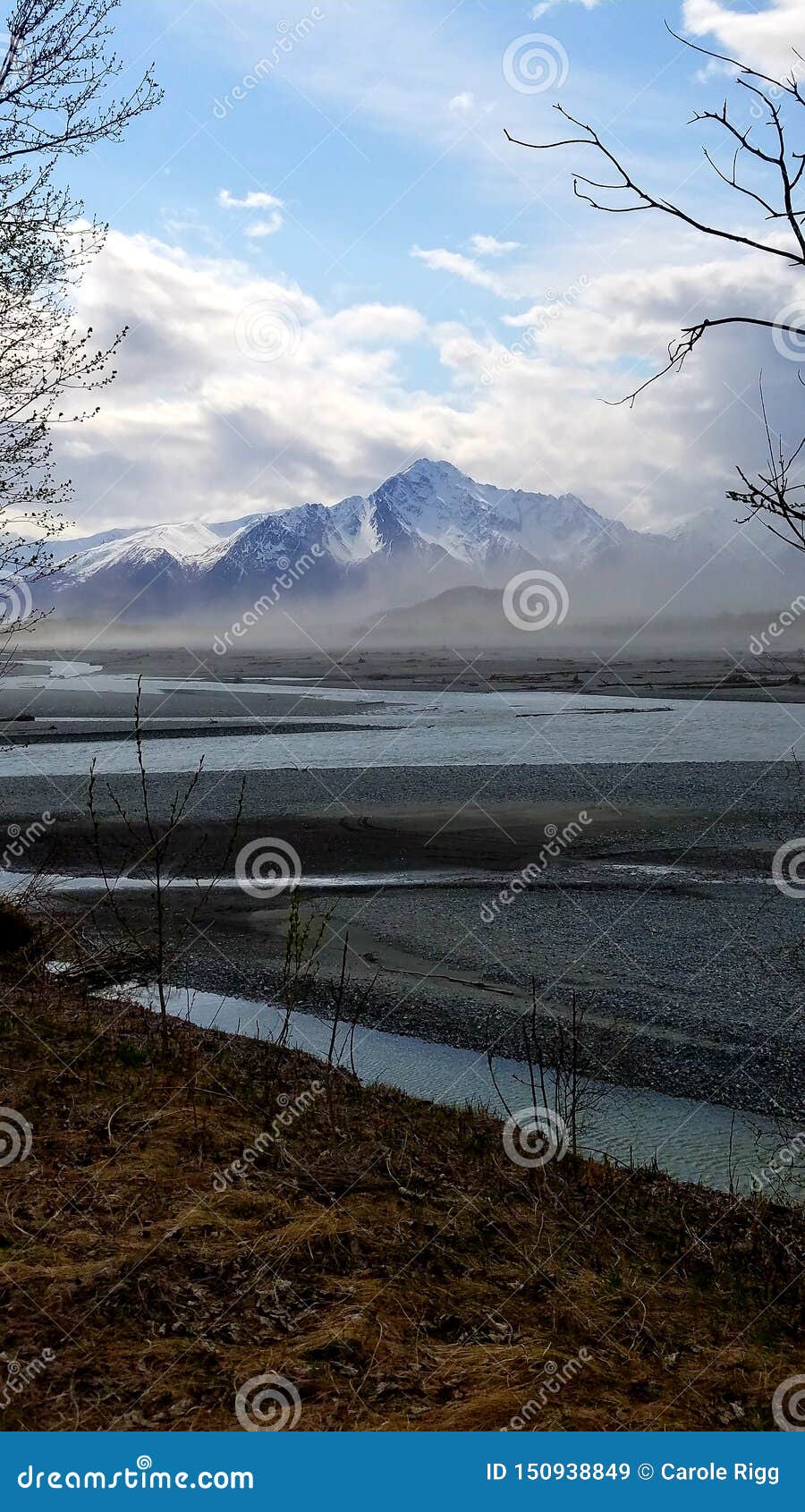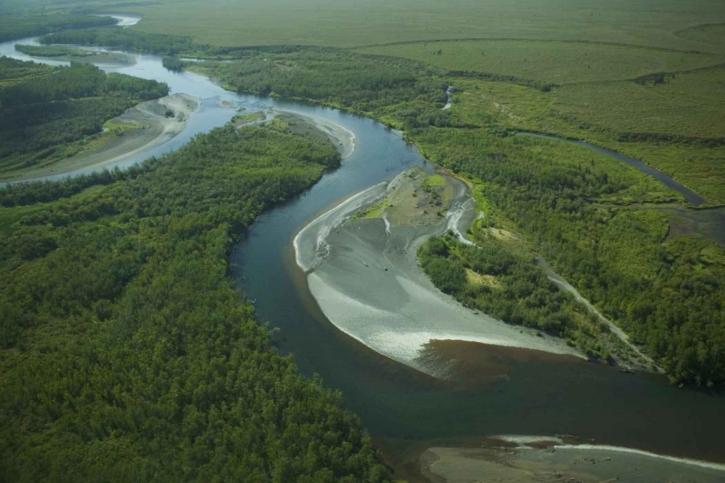


(Photo by Elizabeth Jenkins/Alaska’s Energy Desk)Įach homeowner would be responsible for paying up to $80,000 to build the wall, but that’s not what the Goehrings say upset them most about the plans. Joyce and Curt Goehring in their backyard on Meander Way. “So we’d a walked out the door to a fence,” Joyce Goehring said. It would cut off several feet of their beloved backyard. That plan was to essentially build a large retention wall - big enough to protect 28 homes, including the Goehring’s. And for the past few years, the agency has been trying to develop a solution so the neighborhood could be placed on a priority funding list. The situation was alarming enough to catch the attention of a federal emergency watershed program. Besides paddlers and seals, there’s another sight visible from the Goehrings: down the river, you can see a couple of homes that look dangerously close to river’s edge. I mean it’s just a wonderland,” Joyce Goehring said.Ī wonderland that isn’t as idyllic as it seems. “We have beavers going up and down the river everyday … Sometimes we have harbor seals come up.

Joyce and Curt Goehring wave at paddlers floating down the river. For the couple, having the river right outside their door was a huge attraction. On their deck, they can see things they couldn’t have imagined at their old home in Utah. Meanwhile, in Juneau, a similar conversation is happening on a much smaller scale, where a couple of homes are at risk of crumbling into a glacial-fed river. The neighborhood can’t seem to agree: As the erosion gets worse, who should pay for it?Īt first glance, the neighborhood on Meander Way looks like any ordinary subdivision built in the 1980s. But there’s a unique feature snaking along some of the home’s backyards: the Mendenhall River. In Western Alaska, the village of Newtok is in the process of leveraging federal funds to relocate. (Photo courtesy of the City and Borough of Juneau)


 0 kommentar(er)
0 kommentar(er)
